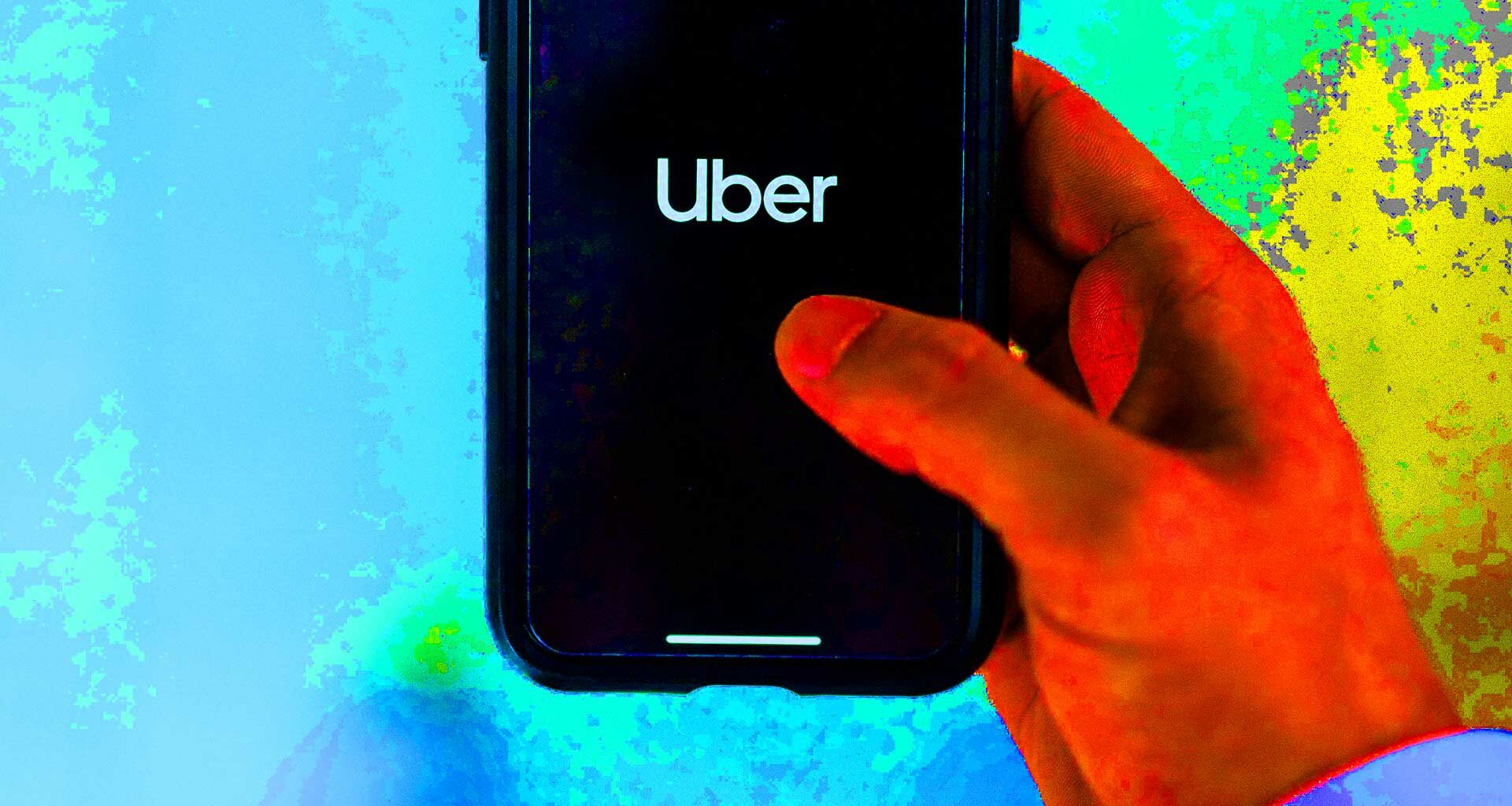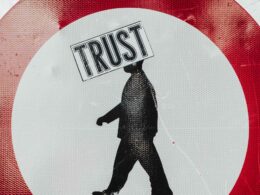Ad fraud remains an embedded, expensive and pervasive problem in the digital advertising sector, although attitudes have changed dramatically from a few years ago when marketers and the adtech sector alike preferred to pretend the problem did not exist. One of the key moments of cut-through for many was when Uber sued its agency after discovering tens of millions of dollars of ad fraud. That high profile case included Uber suing its agency, and its agency countersuing in response.
To understand the scale of the problem, Kevin Frisch, Head of Performance Marketing and CRM for Uber at the time in 2017, was able to cut digital ad spend by two thirds — almost $US100 million — with no appreciable impact on the performance of campaigns. Frisch, who these days is the VP of Marketing at Intuit, described the discovery of the fraud, and what he learned about the scale of the problem, during a podcast on Marketing Today at the start of last year (and which I’ve only just caught up with over the holiday break).
It’s an instructive story and not a bad one to revisit if you are a digital marketer starting to plan out your activity for 2021.
According to Frisch, “We turned off 100 million of annual spend out of the $150 [million], and basically saw no change in our number of rider app installs.” Instead, what the company started to notice was that a lot of installs that it thought were coming through paid channels were really coming from organic conversations. In other words, they acquired them by themselves without any intervention by the ad network.
“So you kind of [got a] big flip flop there but the total number didn’t change.”
The first inkling that there was a problem with Uber’s digital advertising was when he started receiving complaining about ads on Breitbart that he thought had been cancelled. At the time Uber was on the receiving end of an aggressive “Delete Uber” campaign because of criticism of the company’s culture and behavior.
Its founder and the CEO at the time, Travis Kalanick, was also on the receiving end of a social advocacy campaign from Sleeping Giants, which kept publicly flagging the company’s advertising support for Breitbart. Kalanick, in turn, would complain to Frisch who dutifully — and correctly — told him the ads had been cancelled.
His curiosity triggered, he started pulling log files and asking his analytics team to take a closer look.
Frisch’s immediate assumption was simply that the company’s blacklist was not being respected. Given the fairly adamant demands of his CEO to solve the problem, Frisch decided to simply cut off any network that might have a relationship with the notorious right-wing site. That represented about ten per cent of Uber’s total spend on rider acquisition of nearly $US150 million a year.
“So I turned off ten per cent, which by the way this was not super popular because remember, Delete Uber had happened so we just lost a bunch of riders.” Yet, despite the cut, the number of riders acquired didn’t decline. “I’m like, oh, that’s kind of interesting.”
His curiosity triggered, he started pulling log files and asking his analytics team to take a closer look.
“[We] started seeing things that just didn’t make any sense. Like there’s this app that has kind of 1000 monthly active users (MAU), and in theory, we got 350,000 installs from them! That’s probably an exaggeration, but there were things that were just not making sense. And so we kept peeling this back to understand what was going on.”
What Frisch discovered was that Uber was the victim of attribution fraud.
Unlike a traditional digital display campaign, Uber was not paying for clicks. Instead, it was paying on the first trip of a rider. “So, we weren’t paid on clicks and anything like that. We were paying basically on the first trip when an actual rider swiped a credit card and took a ride in the car [so] we knew these were actual humans.” The ad networks were taking credit for installs that would have happened organically, by getting inside the attribution path.
“For example, in the Google Play stores these ad networks would create apps that would do things like monitoring your battery power, helping make your battery last longer.” As the apps had root access on the phone, they gave the developers the opportunity to misbehave — or, put more bluntly, commit fraud.
“So you’re on your phone and you decide, ‘I’m going to download the Uber app because it’s so great.’ You decide that on your own without seeing any ads. So you type in UBER into the Google Play Store to find Uber. And as soon as you get the letter R this app that’s in the background fires, clicks on your device, and makes it look like you clicked on an ad, and then lo and behold, you downloaded the Uber app — thanks, ad network. [The ad network] raises its hand and says ‘hey that download — I have a click on that device, now pay me $20.”
They didn’t even do a particularly good job hiding the fraud, he says.
“Because they’re generating all these fake clicks they have to spend a lot of time figuring out how to hide them. ‘We have one billion clicks that, you know, most of them are fake. And so we’re gonna tell Uber that okay there were 100,000 clicks in this half, 200,000 here, they just start making up. They don’t do it that well sometimes. You can be like ‘hey wait a second, this app here only has 1000 MAUs, and you’re saying that drove 20,000 installs. I mean, thank you for saying my creative is so good, but it seems a lot more realistically I’d expect to drive two [installs].’”
Once you start pulling this apart, the fraud is easy to find, he said. He cautions that simply relying on sort of the high-level reporting or on your agencies is a mistake.
Advice
Asked what advice he would give to CMOs today, Frisch says it would be sensible to assume that half of what’s out there on the display channels is fraudulent. “Then ask yourself, are you being smart enough to get rid of it? I would say the main thing you have to do is to keep an eye out for that fraud yourself. You know your agency won’t do it. And sadly, even the folks on your team won’t do it.”
“You know, I would not do display without a pretty sizable or pretty decent analytics team that could be processing all the information that’s coming in and really looking at it.” While there are tools and outsourced service providers, these simply don’t offer enough protection by themselves in the absence of your own vigilance, he suggests.
“You can’t just sort of outsource, ‘Oh wait, here’s an anti-fraud tool, let me just run it through that.’ These fraud guys are constantly moving, they’re constantly evolving, they’re really smart. This is billions and billions of dollars they’re making.”
This article originally appeared in Which-50. Photo by Austin Distel on Unsplash.






 Andrew Birmingham is the editor-in-chief and publisher of Which-50. He is the former associate publisher of The Australian Financial Review and an occasional contributing editor, (though he was fired once for complaining about the sandwiches at a round table.)
Andrew Birmingham is the editor-in-chief and publisher of Which-50. He is the former associate publisher of The Australian Financial Review and an occasional contributing editor, (though he was fired once for complaining about the sandwiches at a round table.)




